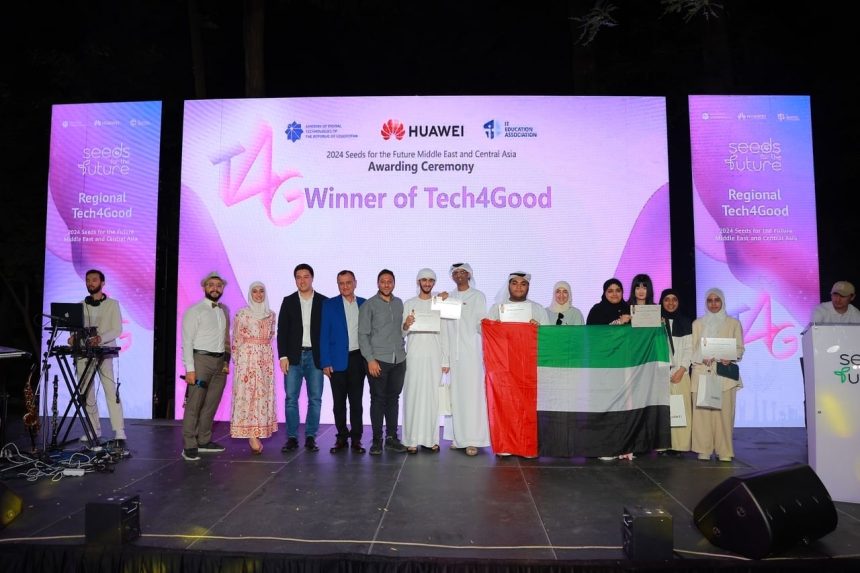Lack of Labors Threatens Huge Companies
The question of when artificial intelligence (AI) will tangibly replace human labor has sparked numerous speculations amid the AI revolution.
However, before we delve too deeply into concerns, let’s address a significant obstacle: the lack of labors.
Recently, the world’s largest chipmaker and producer of AI-driven semiconductors, Taiwan Semiconductor Manufacturing Company (TSMC), reported a 45% increase in sales to $7.9 billion in July.
AI chip demand remains robust, with high-performance computing accounting for over half of TSMC’s recent revenues.
Despite these astronomical figures, AI-related stocks have experienced fluctuations in recent months.
Investors are understandably concerned about risks faced by companies like TSMC.
Including earthquakes in Taiwan, tensions between China and Taiwan, and broader geopolitical uncertainties.

AI Revolution Obstacles Faced by Companies
However, there’s an often overlooked challenge: the lack of labors “engineers and technicians”.
Up until now, the prevailing belief has been that expanding chip manufacturing capabilities is primarily a matter of capital investment.
Governments addressed the global chip shortage that began in early 2020 by injecting billions into semiconductor companies to boost production capacity.
Favoring proximity to their own countries.
TSMC, for instance, expanded by building semiconductor fabs in the United States, Germany, and Japan.
The United States has been particularly active in enhancing production capacity.
And it’s expected that its investments in the semiconductor industry will surpass $250 billion within five years.
However, it’s become evident that capital alone won’t solve the chip manufacturing challenge.

Real Issue
The real issue lies in the complexity of building semiconductor fabs.
Unlike setting up a new smartphone assembly plant in another country, where local labors can be quickly employed and trained, chip fabs require highly skilled workers—individuals with master’s and doctoral degrees in science and engineering—to operate them effectively.
The specialized workforce needed for chip manufacturing is scarce.
According to McKinsey, while around 1,500 engineers join the semiconductor industry annually, the number is significantly lower for technicians.
Approximately 1,000 new technicians enter the field each year.
Demand for these workers is expected to rise to 75,000.

Meanwhile, the U.S. semiconductor workforce has declined by 43% from its peak in 2000, according to McKinsey.
At the current rate, the lack of labors, especially engineers and technicians could reach 146,000 by 2029.
In South Korea, home of Samsung Electronics’ chip manufacturing, the industry has faced shortages since 2022.
It’s estimated that by 2031, the country will experience a lack of 56,000 labors.
Demographic trends exacerbate the situation.
Lack of Labors Delays the Opening of New Businesses
Both Taiwan and South Korea, where most of TSMC and Samsung Electronics’ workforce is located, are grappling with declining populations.
The number of students enrolling in higher education has decreased annually since 2012.
These two countries account for approximately 80% of global semiconductor manufacturing under existing contracts.
Already, lack of labors has led TSMC to delay the opening of its Arizona fab.
With reports suggesting that nearly half of the required 2,200 workers were sent from Taiwan.
Cultural differences also play a role in employment practices.
Considering that each fab costs around $30 billion to build, these facilities need to operate continuously 24/7 to justify the business cost.
The UAE’s humanitarian orientations have made it one of the largest aid donor countries in the world#WorldHumanitarianDay pic.twitter.com/MWWxG7F1P2
— UAE Voice (@uae_voiceeng) August 19, 2024
Can AI Manufacture Chips ?
Morris Chang, founder of TSMC, highlighted that if a machine malfunction occurs in a U.S. fab at 1 a.m., the company would complete repairs by the next morning.
In contrast, the same repair might be finished by 2 a.m. in Taiwan.
Replicating this Taiwanese work culture may prove challenging in other countries.
So, can AI manufacture chips ? … certainly, AI assists in designing and testing new chips, verifying novel designs, and accelerating development.
However, the physical manufacturing of chips based on these designs remains a distinct challenge.
It’s unlikely that AI will soon replace the need for experienced engineers to operate the machinery.
In the end, companies face difficulties in filling these critical positions.
The future of AI and human collaboration in chip manufacturing remains a fascinating—and complex—journey.





